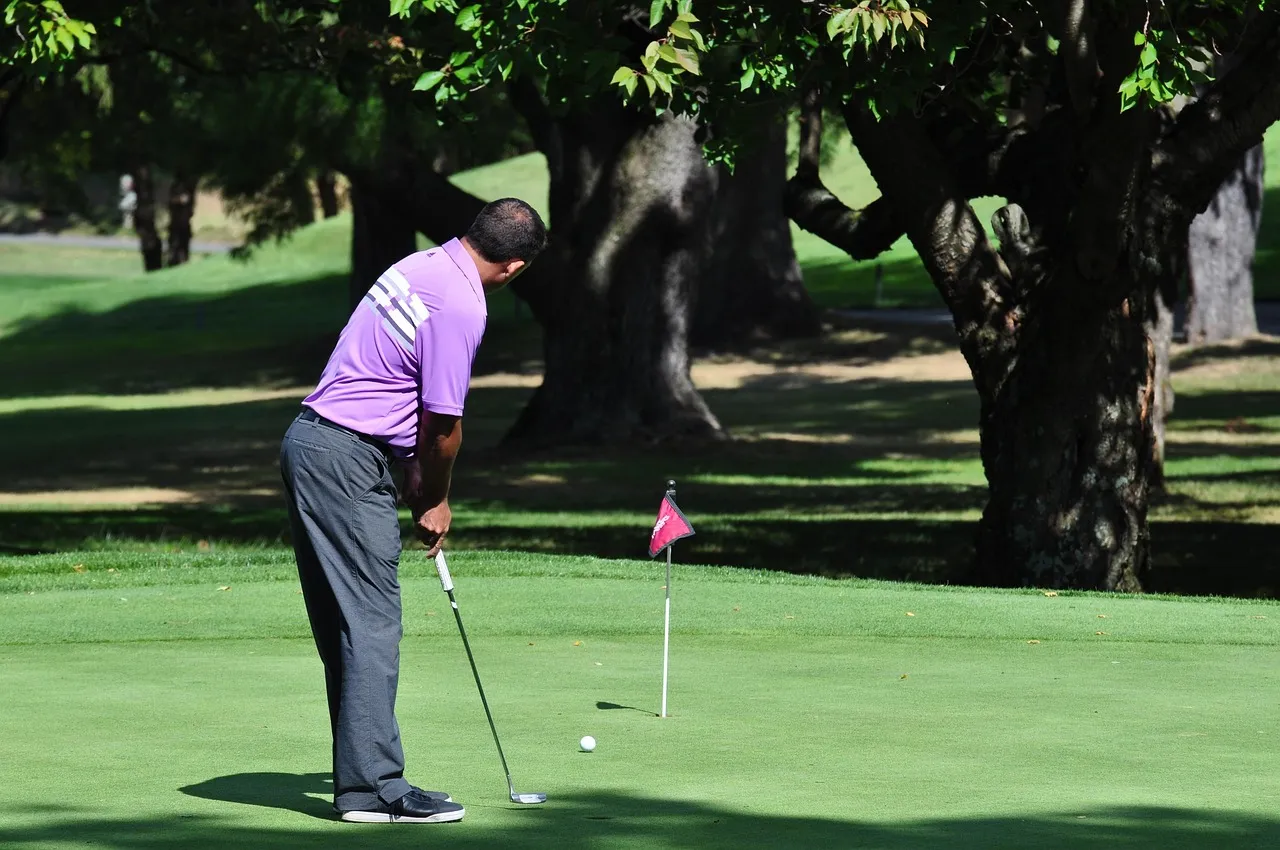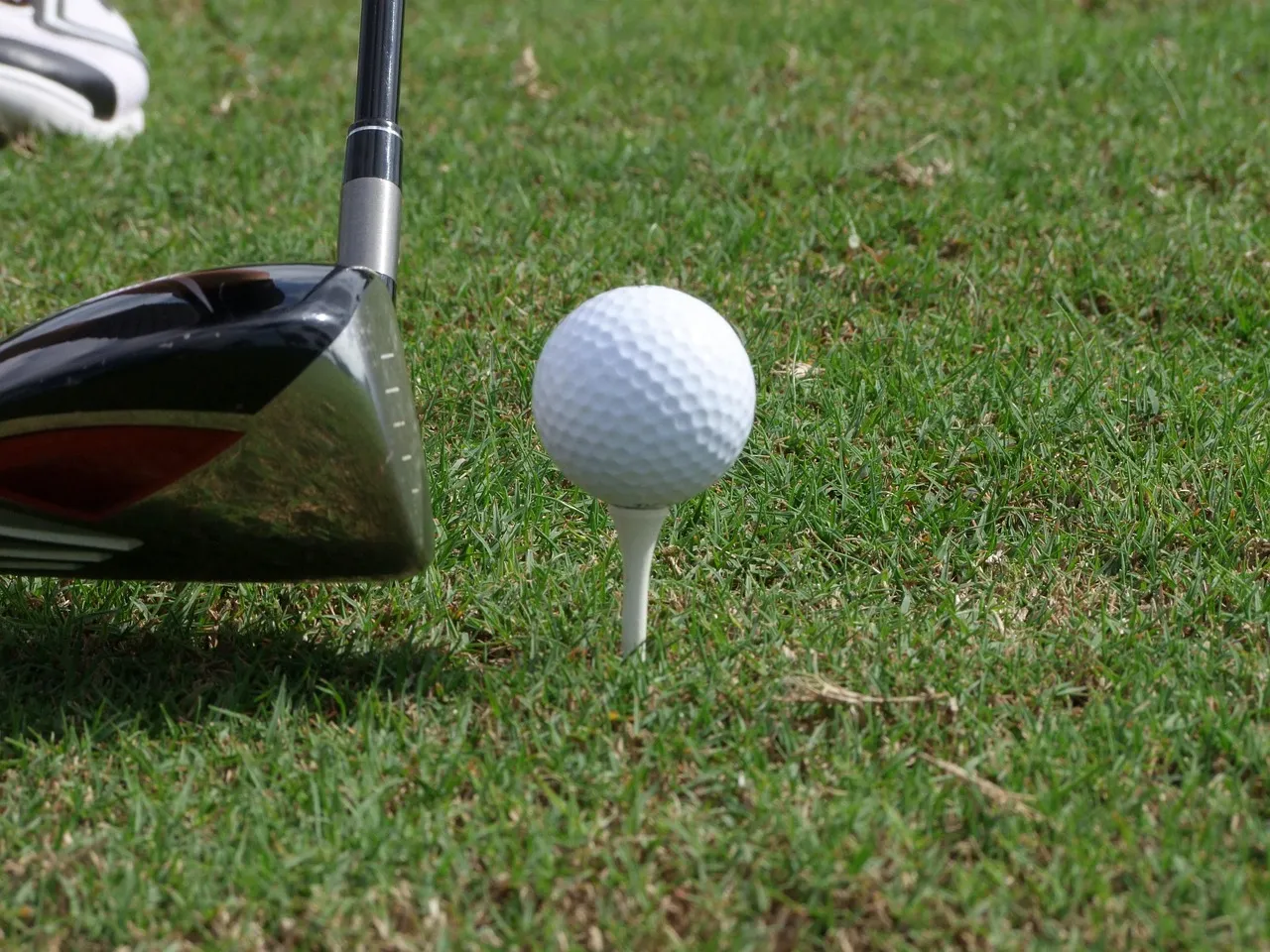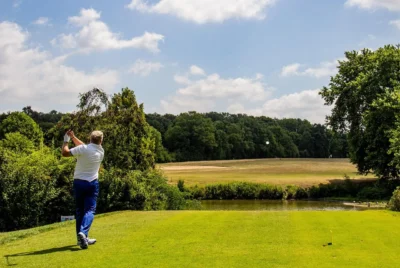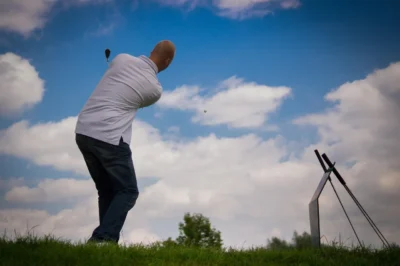The Science Behind the Perfect Swing: What Eye Swing’s Sensors Really Measure

The precision behind performance
In golf, every movement matters. From takeaway to impact, the smallest variations in speed, rotation, or alignment can completely change a shot’s outcome. But while golfers have always sought to understand these movements, only in recent years has technology allowed for scientific precision in measuring them.
Eye Swing sits at the forefront of this revolution. By combining AI-driven analytics and advanced sensor technology, it transforms motion data into clear insights that help golfers — and coaches — refine every aspect of the swing.
Understanding what Eye Swing actually measures reveals why it’s such a powerful tool for performance development.
Capturing the golf swing: how Eye Swing works
Eye Swing uses a system of high-precision motion sensors and AI algorithms to capture the swing in real time. These sensors record thousands of data points per second, translating physical movement into digital performance metrics.
Unlike traditional video analysis, which relies on manual observation, Eye Swing delivers objective, quantifiable data that describes exactly how a golfer moves — with no room for guesswork.
What makes Eye Swing different
-
High-frequency sensors capture subtle movements invisible to the human eye.
-
Artificial intelligence interprets biomechanical data to identify inefficiencies.
-
Real-time feedback allows instant corrections during practice sessions.
The result is a complete digital map of your swing — from setup to follow-through — revealing what the body and club are really doing at every stage.
1. Club path and swing plane
Why it matters
The swing plane defines how the club moves through space. Deviations can cause slices, hooks, or loss of distance.
What Eye Swing measures
Eye Swing’s sensors track the three-dimensional trajectory of the clubhead, analyzing both path and angle relative to the target line. It identifies whether your motion is inside-out, outside-in, or perfectly neutral.
This measurement provides immediate visual representation, allowing players to make precise adjustments to their swing plane. Coaches can then use this data to create customized drills that reinforce correct movement patterns.
2. Clubface orientation at impact

Why it matters
Even a perfect swing path won’t produce good results if the clubface isn’t square at impact. A closed face causes hooks, while an open one leads to slices.
What Eye Swing measures
The system captures the exact angle of the clubface at the moment of contact — both horizontally and vertically. Using gyroscopic sensors, Eye Swing quantifies face rotation speed and timing, helping golfers understand how their grip and release affect ball direction.
This level of accuracy enables fine-tuning of the impact position, ensuring better control and straighter ball flights.
3. Body rotation and kinematic sequence
Why it matters
Power and consistency come from efficient sequencing — the order and speed in which the hips, torso, arms, and club move during the swing.
What Eye Swing measures
Eye Swing monitors the kinematic chain — how energy flows from the lower body upward. By analyzing rotation angles, acceleration, and transition timing, it identifies whether the sequence is optimized for maximum efficiency.
Through this data, golfers can adjust how they initiate the downswing or rotate through impact, leading to increased clubhead speed and stability without added effort.
4. Weight transfer and balance
Why it matters
Improper weight transfer is one of the most common swing flaws. It affects rhythm, contact, and distance.
What Eye Swing measures
Using pressure and motion sensors, Eye Swing evaluates center-of-gravity movement throughout the swing. It maps how weight shifts from one foot to another, detecting inconsistencies between backswing and downswing.
This analysis allows golfers to train ground reaction efficiency, improving both power generation and stability through impact.
5. Tempo and timing
Why it matters
Tempo — the rhythm between backswing and downswing — defines the consistency of a golfer’s motion. Even small timing differences can affect accuracy.
What Eye Swing measures
The platform calculates the tempo ratio, comparing backswing duration to downswing speed. AI algorithms determine whether the player’s rhythm aligns with professional benchmarks or if it’s rushed or delayed.
This allows golfers to internalize a consistent tempo, a fundamental trait of elite performance.
From raw data to actionable insight
Collecting data is only valuable if it leads to improvement. Eye Swing’s integrated software converts millions of motion readings into clear visual reports.
Golfers can access metrics through an intuitive dashboard showing:
-
Swing path and plane diagrams.
-
Real-time 3D motion visualizations.
-
Rotational and weight distribution graphs.
-
Impact data, including face angle and tempo.
Coaches and players can compare sessions, track long-term progress, and even overlay swings to visualize changes over time.
The science that supports the art of golf

While golf remains a sport of feel and instinct, Eye Swing adds a layer of scientific understanding that complements natural ability. It doesn’t replace intuition — it enhances it.
By transforming invisible details into visible information, Eye Swing bridges the gap between what golfers think they’re doing and what they’re actually doing. That awareness is the foundation for true improvement.
With every session, Eye Swing builds a precise performance profile — a personalized roadmap that helps players and coaches make data-driven decisions with confidence.
The Perfect Swing, not any luck, but skill
The secret to a perfect swing isn’t magic — it’s measurement. Eye Swing’s sensors bring clarity to complexity, translating biomechanics into insights that lead to real results even in any Golf Event.
By tracking club path, face angle, rotation, weight transfer, and tempo with scientific precision, Eye Swing empowers golfers to move beyond guesswork and train with purpose.
In a sport where millimeters can change everything, understanding the science behind your swing is the first step toward mastering it — and with Eye Swing, that science is finally at your fingertips.




